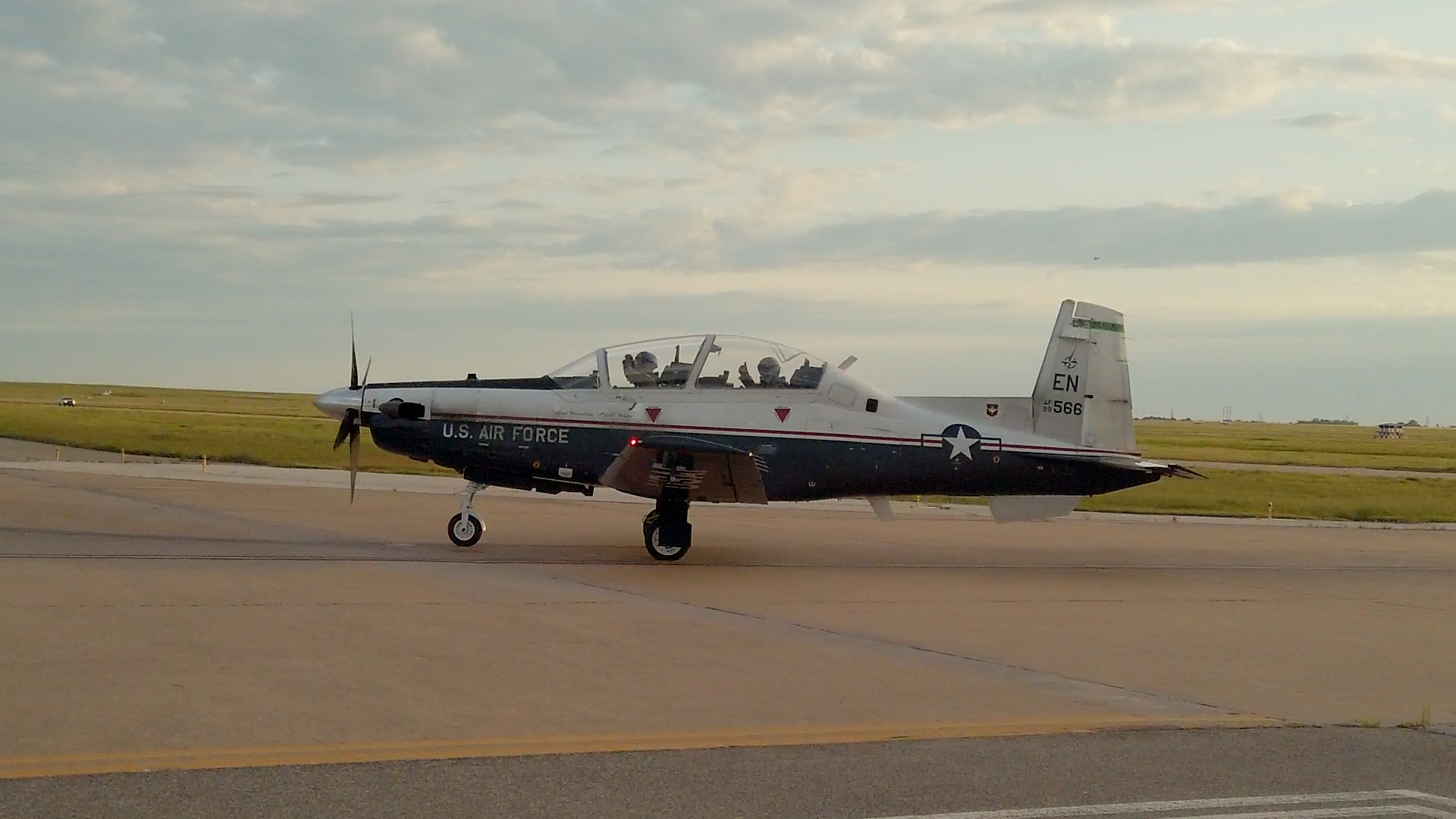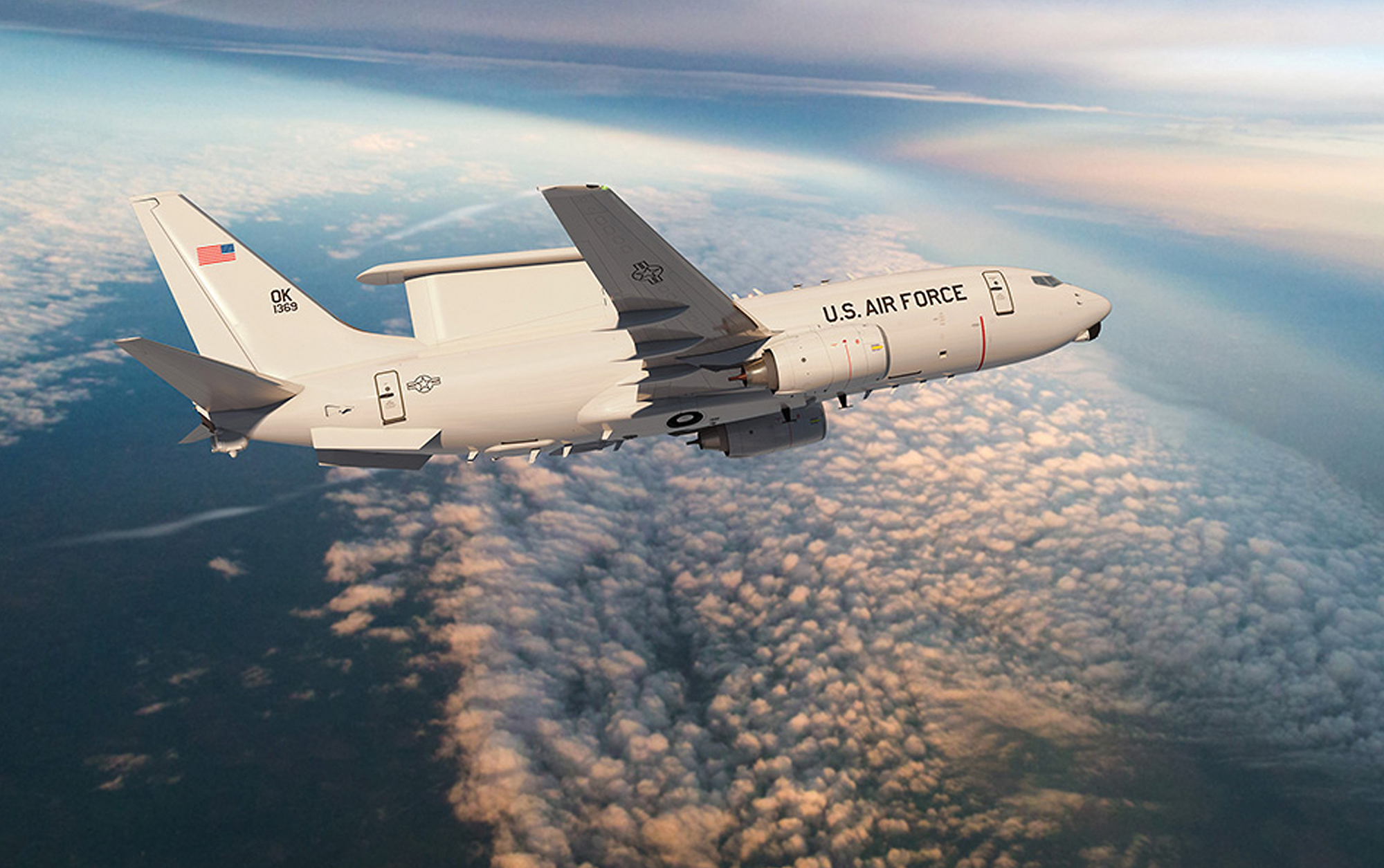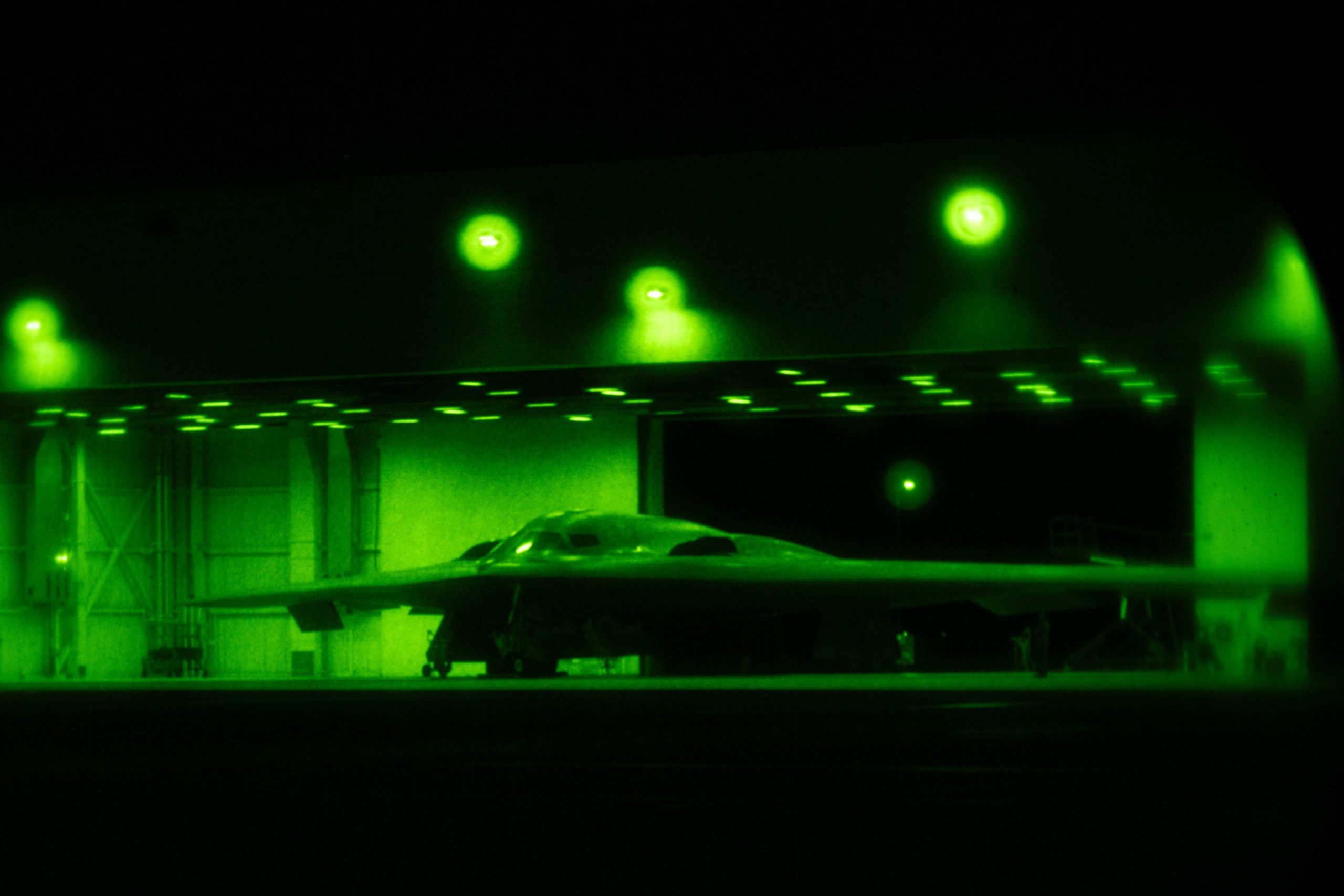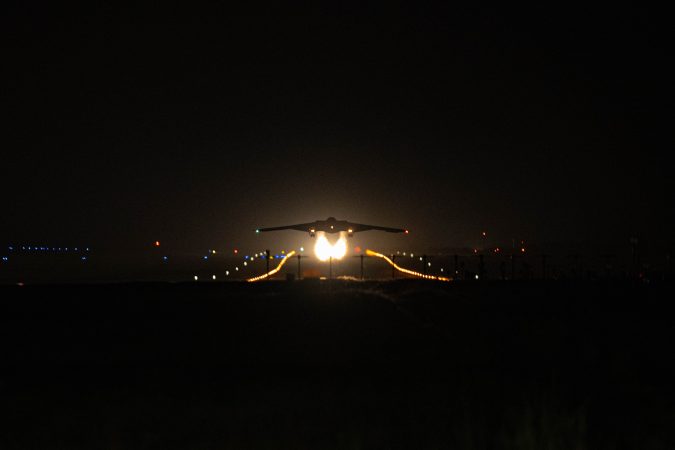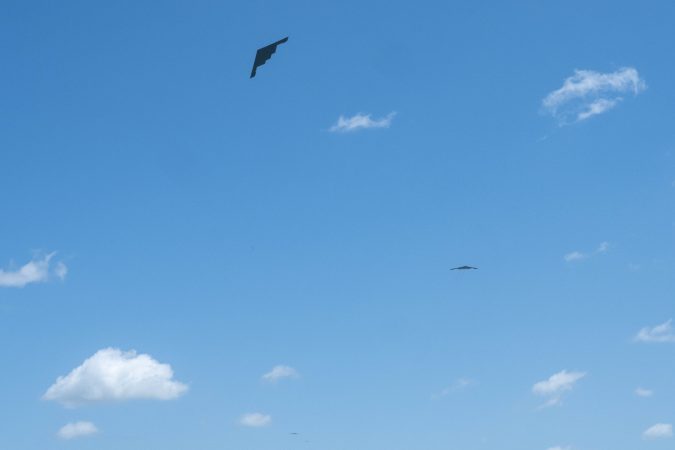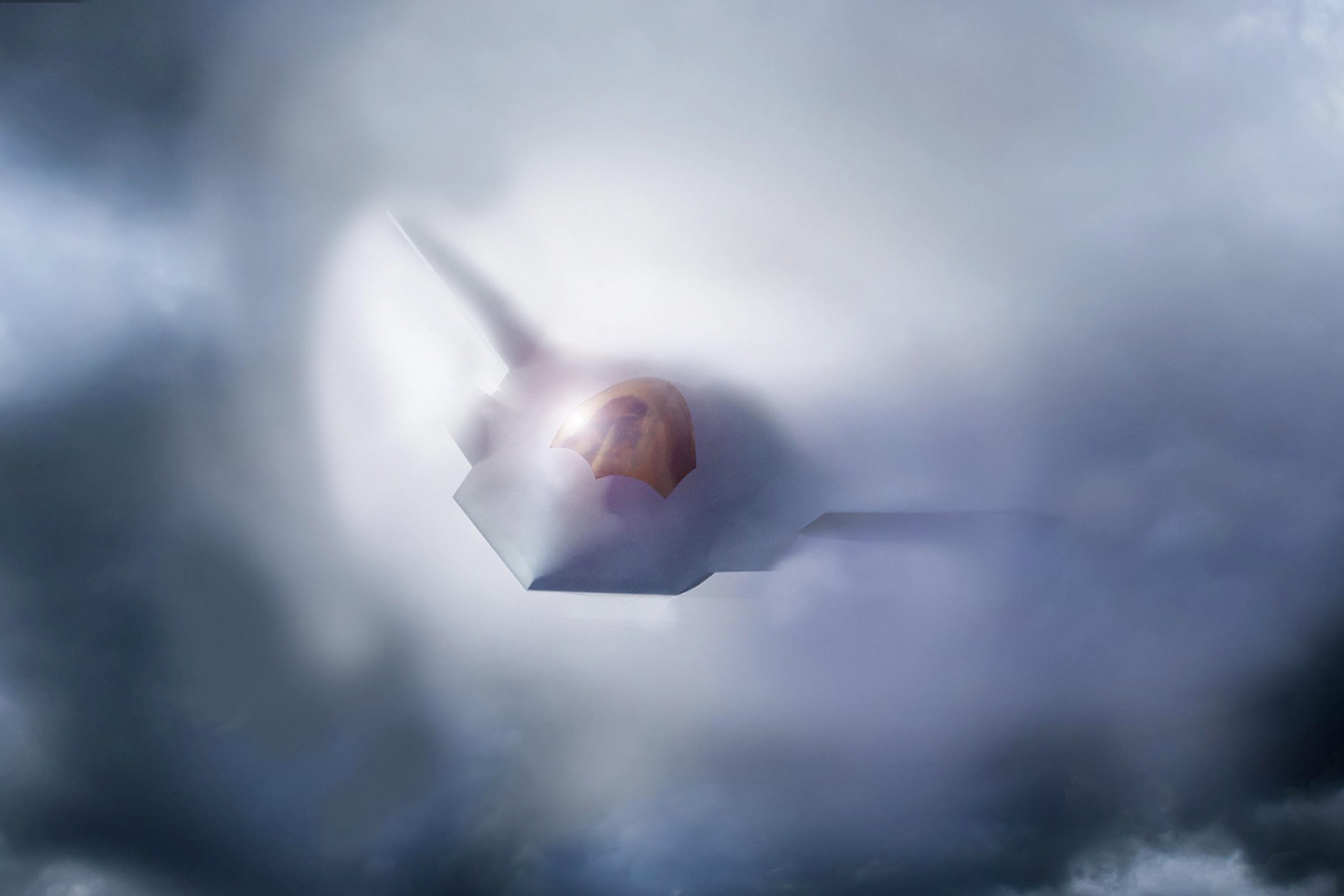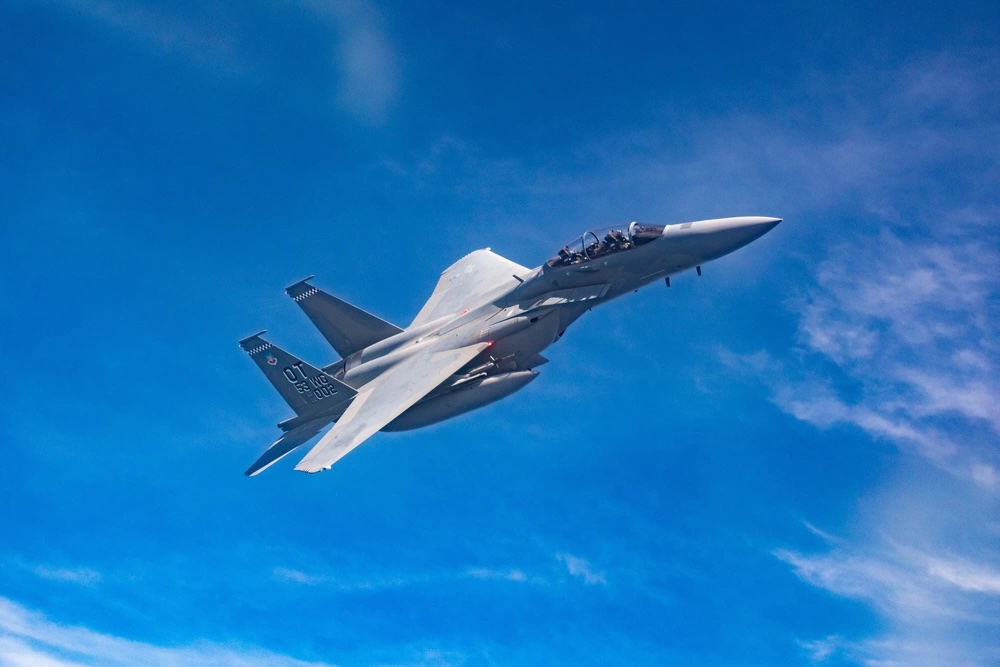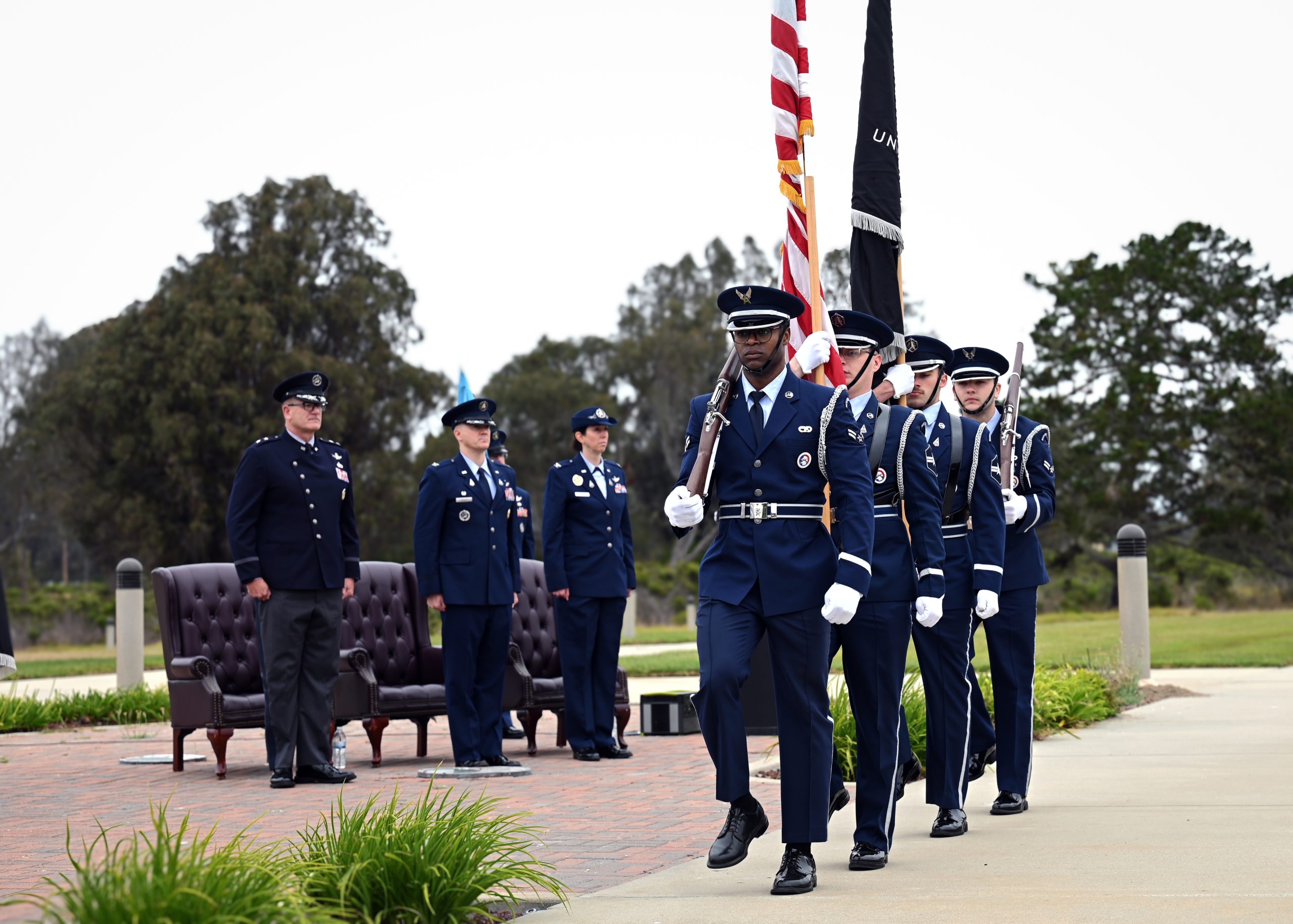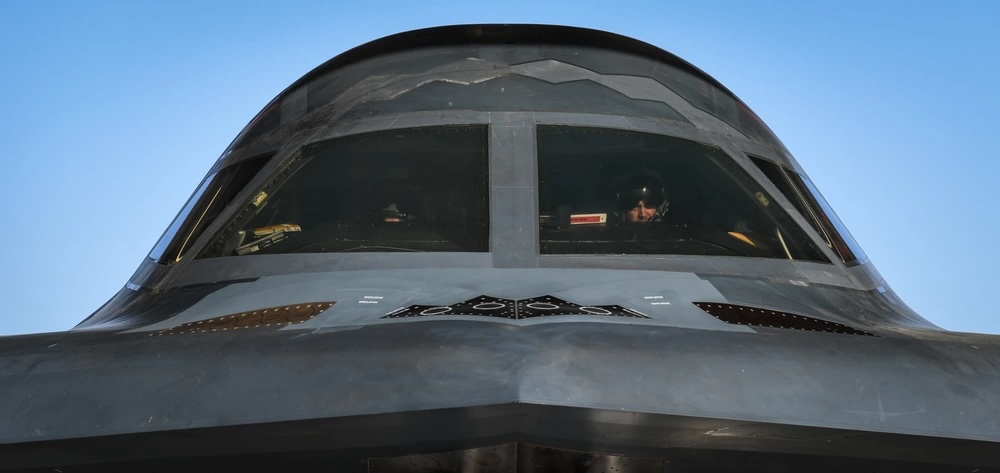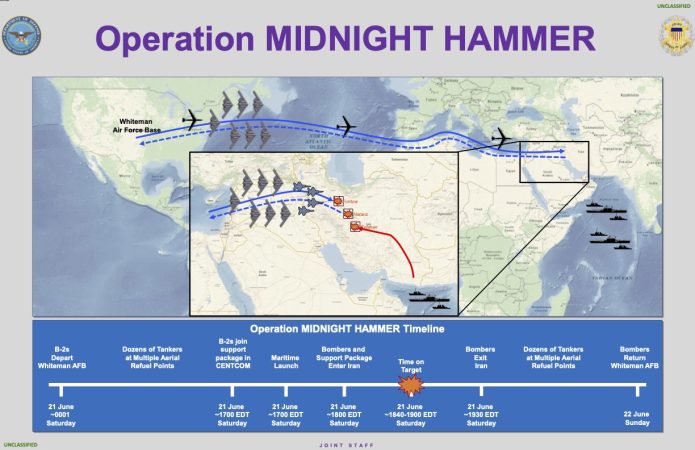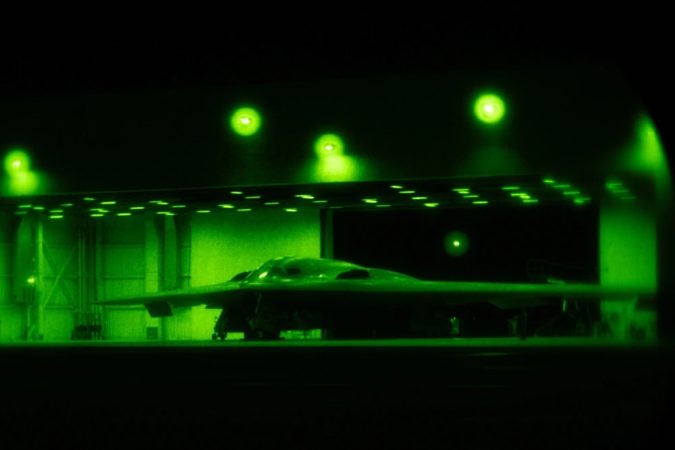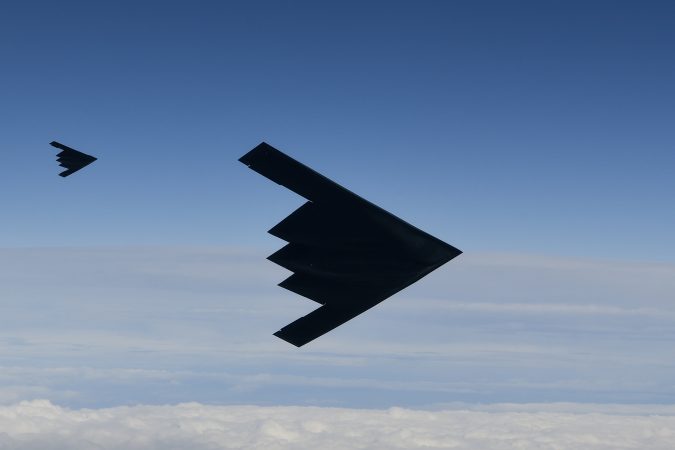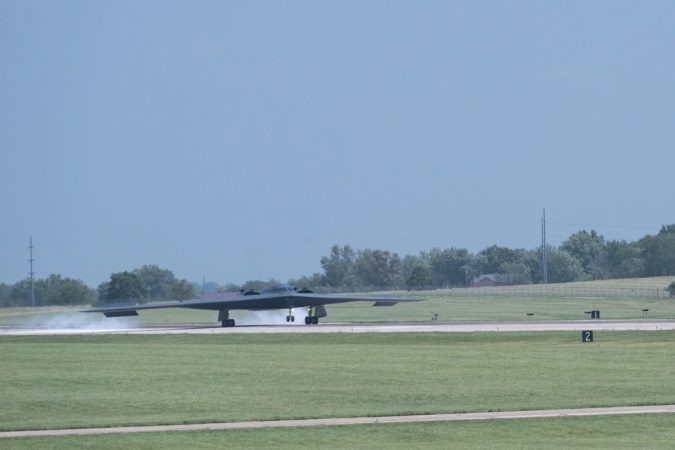An instructor pilot didn’t fully insert a safety pin into his T-6 ejection seat when taxiing after a flight last spring, then inadvertently pulled the handle while not fully buckled into his seat, leading to his death when the ejection system sent him 100 feet into the air at Sheppard Air Force Base, Texas.
An Air Force Accident Investigation Board reached that conclusion in a report issued June 23 into the mishap that killed Capt. John Robertson of the 80th Operations Support Squadron more than a year ago.
The accident occurred May 13, 2024, after an uneventful training flight for Robertson and an international student pilot, a member of the Euro-NATO Joint Jet Pilot Training program. It was Robertson’s second flight of the day. Upon landing, the two pilots ran through the standard checklist, which included verifying that both had re-inserted safety pins for their ejection seats and set the system so that each ejection seat functioned independently of each other.
Based on physical evidence recovered from the scene, investigators determined Robertson partially inserted his safety pin but failed to push it all the way through.
“The elongation of the seat safety pin hole on both the leading surface of the housing and the front edge of the ejection handle indicates the seat safety pin was at least partially installed during the ejection sequence,” the report states, before noting that it likely popped out and struck an airspeed indicator in the cockpit during the ejection sequence.
Another instructor pilot told investigators they had seen several pilots fail to fully insert their pins after flights.
After that, the student pilot started taxiing to the ramp, while Robertson started unbuckling from his seat. He disconnected from five of 11 connection points to the ejection seat—including straps connecting him to the parachute—when the handle was inadvertently pulled.
Investigators noted that instructor pilots often started to unbuckle while taxiing, and that there is no information in various training documents and checklists on when T-6 instructors should disconnect.
Using simulators and noting where different straps and pieces landed, investigators concluded that Robertson likely pulled the handle by accident when he was leaning forward to unbuckle a strap on his left leg and one of the previously disconnected straps became entangled with the handle.
“When the pilot sits back upright after bending over to disconnect the left leg restraint garter, the pilot can inadvertently actuate the ejection seat control handle if the V-ring from the pilot’s harness chest strap is caught in the ejection seat control handle and the seat safety pin is not fully installed into the seat,” the report states.
The ejection system shot Robertson and his seat into the air, at which point the pilot and seat are meant to separate and the pilot’s parachute deploys. But because Robertson had disconnected from his parachute, he instead fell around 100 feet through an aircraft shelter.
He was transported to a local hospital, where he died in the early hours of May 14.
The Accident Investigation Board report noted that Robertson “was respected by leadership, fellow instructors, and students” and had been “recognized as the Instructor Pilot of the Year for 2023.” His colleagues described him as “a very caring instructor who would proactively reach out to students to strike up a conversation and would spend extra time explaining a concept to a student who did not understand the topic.”
The mishap was the first fatal T-6 accident for the Air Force since fiscal 2004.
